Can you firstly introduce readers to the Coat of Hopes?
The Coat of Hopes is a patchwork pilgrim coat embarking on a continuous pilgrimage throughout the UK. It was initially made on a walk from Newhaven on the south coast of England to Glasgow where COP26 was held. It started out as a blank garment and, along the journey, patches were added to the coat. Onto those patches, people sewed or marked their griefs, remembrances, prayers and hopes about climate breakdown.
You initiated this movement and have guided groups of pilgrims up and down the country. Why did you choose to use a coat, a garment, as an instrument for collective action?
My background is in fine art sculpture. I was a maker of wearable things, particularly hats, for a long time. The hats were felted animal hats - very wild and hairy. The process started by making a hat for myself from the fleece of sheep on a nearby hill. Through making hats, I came to see how powerful it is to put on a garment. When people put on a hat, they are surprised and it often leads them to ask: who am I? People could feel either empowered or enabled to express elements of themselves that they wouldn’t ordinarily.
I wanted to enable people to meet the climate crisis and ecological breakdown in their bodies. A huge body of information exists which makes it so clear what the problems are and what some of the essential mitigating actions are, but we still seem completely unable to engage with taking those actions. I wanted to make a garment because I wanted people to be able to wear the problem. I wanted them to feel in their body, they are part of it. The problem is facing us as physical beings.
In terms of the coat’s physical design, it’s made with a straight shoulder, meaning there is no shoulder tailoring between the neck and arm. The top part of the coat is made of a boiled wool blanket which has a lot of drape. The effect of the tailoring and material is that whoever dons the coat, whether they are tiny or very large, the coat fits them. Because of this genuine sense of fit, a coat felt like the best garment to choose in this project.
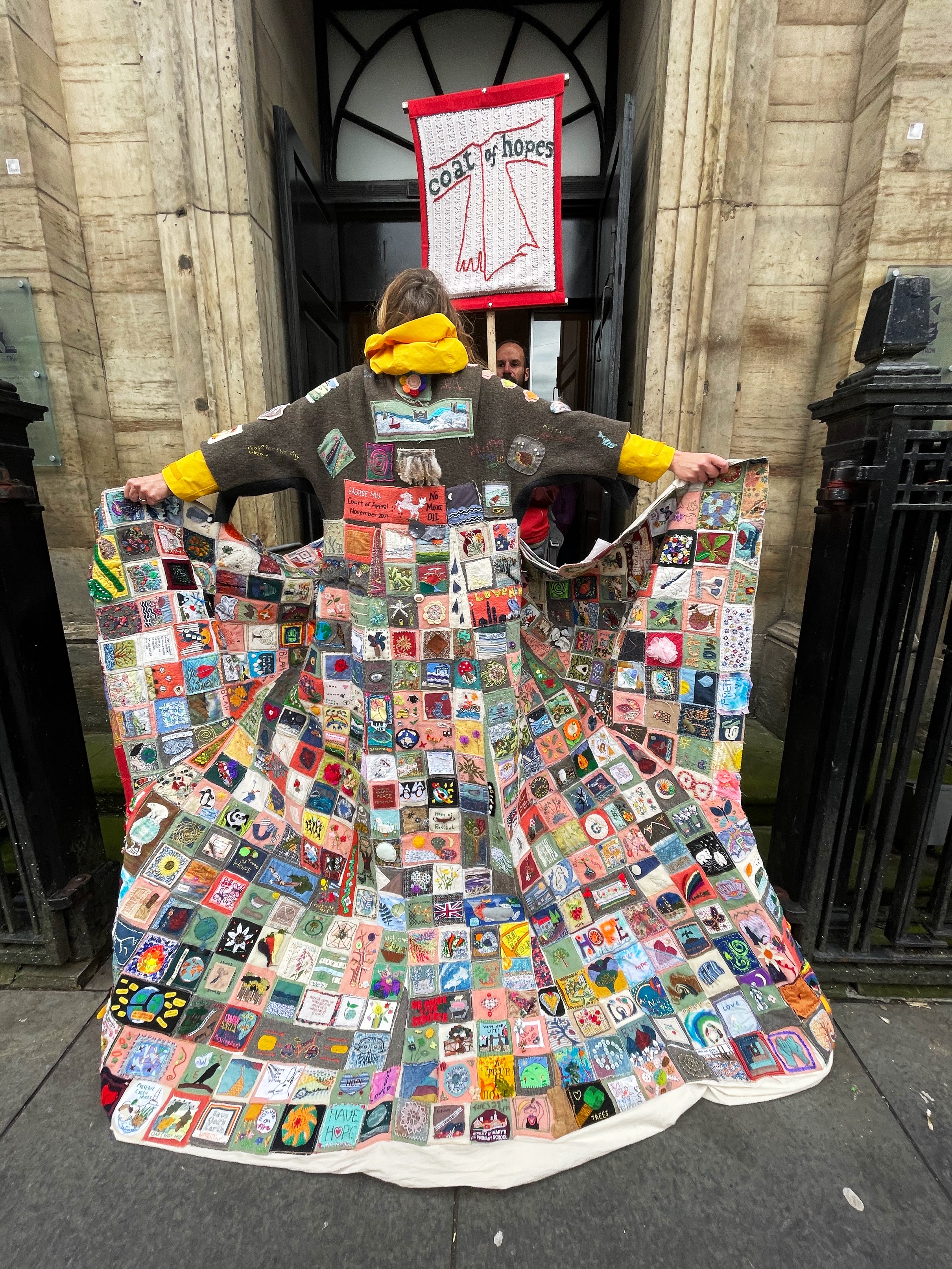
You have seen hundreds of people wear the coat over its two-year journey so far (including me!). How do you think people respond to wearing the coat, and can you highlight the importance of its physicality?
People can feel challenged by the notion of physical interaction with a stranger. It requires a level of intimacy, such as helping someone into the coat. For some, that closeness is very challenging. Over a long period of interacting with people on the journey, I’ve come to realise that people need different things, and some people need time.
I usually ask people whether or not they want to wear the coat up to three times. Firstly I say, ‘We invite people to wear the coat wherever we go. Would you like to wear it?’ Usually people will initially say no thank you, but compliment its beauty. Then we tell a little more of the coat’s story. I ask, ‘Are you sure? We’re soon going to be walking on but would you like to wear it?’ A lot of people will say yes at that time. There is no intention of pressure, it doesn’t matter if people don’t choose to interact with it. But it feels like making physical contact is a really powerful thing. On the final ask, I will say, ‘Would you like to touch the coat in some way, for example hold the hem?’
Most people end up wearing the coat. There are some people who are never going to, but they will be persuaded to touch it. I’ve grown to feel that touching is more significant than I initially considered. Everyone starts from a different point, and for some people just holding the physical material is a step outside comfort.
In terms of what that means for climate and ecological issues, the coat is working on bringing people into a consciousness of the present moment that offers the possibility of opening the heart. It aims to help people realise that they matter in all this, whoever they are.
People can engage with the coat in different ways. They can join you on the pilgrimage journey, they can wear the coat, or they can sew patches. What to you is the significance of patchwork on the coat?
The power in the coat is due to a huge collaboration. I wanted to make the coat so all who interacted with it can wear the promise that we all belong together. In that respect, the only way it seems to do that is to make this physical sewing together of people’s contributions.
From the beginning, I wanted to encourage people to include material that is as significant as possible in their patch. For example, there is a patch made using the material from family saris. Another patch included the hair a woman had lost during chemotherapy. She had held onto it but didn’t know how to use it, just knew that it was important in some respect. By using it in her patch, it allowed her to let go of the rest.
I didn't want it to focus on sewing skills. There are some very impressive patches made with huge talent but they don’t have more importance than those made by children who have written in fabric pen. Instead, it’s about the time spent. The whole process has been about how to endow this material with as much significance as possible. The deeper people can go with the making of the patch, the stronger the coat is going to be.
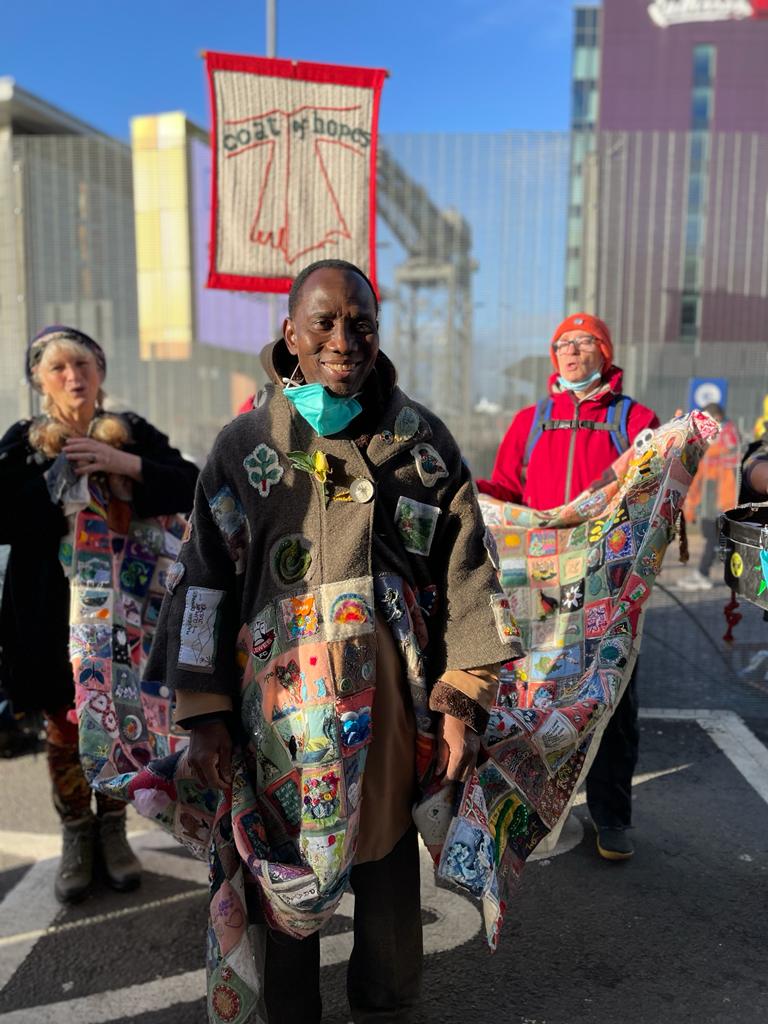
Can you tell us about a particular story you have witnessed from a Coat Pilgrim?
In Cumbernauld, on our first night on our walk from Glasgow to Edinburgh, I was deeply moved by a woman who wore the coat. She came to the coat quite shyly, was reluctant to wear it, and then was so emotionally impacted. She held my hand and said, ‘You must carry on, you must carry on! I can’t tell you how important it is. Please, keep going.’ People see the challenge and they see the smallness, the vulnerability of this crazy venture, of walking with a powerful coat. And yet to her, she felt like it might save the world. It’s not rational, but that’s what it conjured for her. It was a moment of unexpected intensity.
What are your hopes for the next stages in the coat’s journey?
It became clear at the gates of COP26 that the leaders are not able to make happen what is required. It was so abundantly clear. The work since then has been about turning the tide within individual hearts. For me, the coat is a practice. We need to accept the people who meet the coat are the people who were able or needed to meet the coat. You can’t meet everybody and it’s not that you shouldn’t do whatever you can. However, there is a need for a humble acceptance of meeting who you meet. It undermines the work if there is a different expectation.
Because we’re moving into this very big scale operation, where the coat is going to keep walking with no end in sight, we can’t try and stay at the highest pitch of outreach intensity at every moment. Some days we meet lots of people, some days we meet few. That’s the only way the journey can keep going. That itself is countercultural. The urgency is beyond urgent for the climate. In fact, the most powerful thing you can do in a way, is to stop rushing at it. The urgency prevents us being attentive to the moment, which is what the coat tries to counter.
How can people get involved?
There are three main ways of participating with the coat. Firstly, we need people to keep coming forward to walk with the coat. I’m not expecting anyone who has never walked with the coat before to set out with it alone. We form groups in which there are new and experienced people. Secondly, you can still make a patch for the coat. The patches are smaller now and are varied in shape, designed to be sewn between the larger patches. The coat is now getting deeper rather than longer. Thirdly, we need community representatives who are willing to find opportunities to share the coat in their location. If none of those are for you, but you feel like this is very important work, you can make a small donation to the running costs. If you’d like to get involved in any way, email: [email protected].
What advice would you give to someone who wants to use textiles to make an activist statement?
To start with, it’s really helpful to have a strong, clear vision and to make an expression of that. For me, that vision was a key moment. You can see it here on the website. I had a strong vision of what I was called to bring into life, and that helped me bring others into the work. Around this vision formed the first core team who made this work happen. Tara who was a practical backbone of the project was someone I’d never met before, she was drawn in through the vision. A team is really useful if you’re looking to do something quite big in scale. It’s useful not just practically but also because it’s a source of constant encouragement when difficulties arise.
Everyone has a language and it doesn’t have to be textiles. Maybe your language is different and you’re dreaming of something different that I can’t even imagine, still the notion above should apply.
It’s also important to remember that people are extraordinarily generous with their time if they feel like a project is significant. People love the opportunity to have a voice. Your vision must not be, ‘we’re going to build this, and this is how we do it.’ Instead, you must give scope for people’s individual expression. Everyone who is involved needs to feel like there’s something of themselves in the work.
To find out more about the Coat of Hopes, please watch this short video.

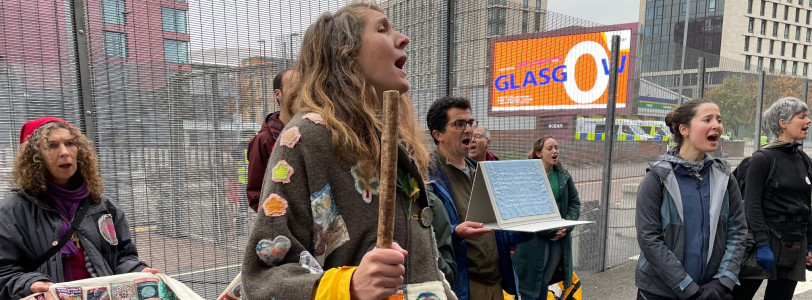
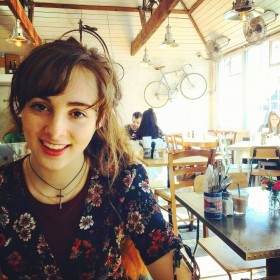
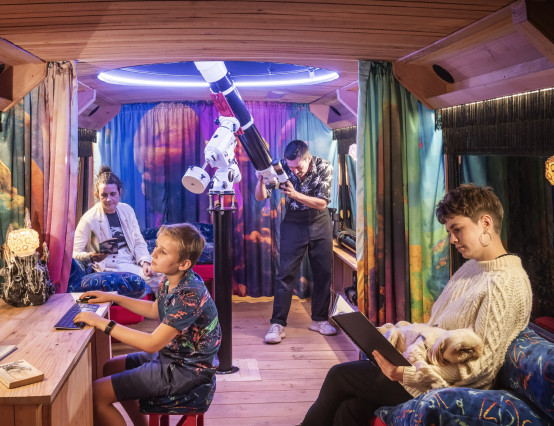
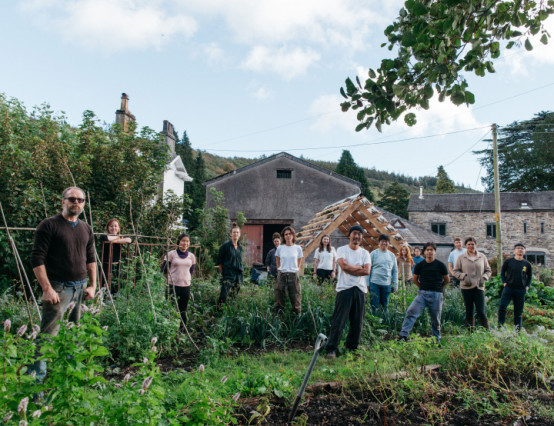
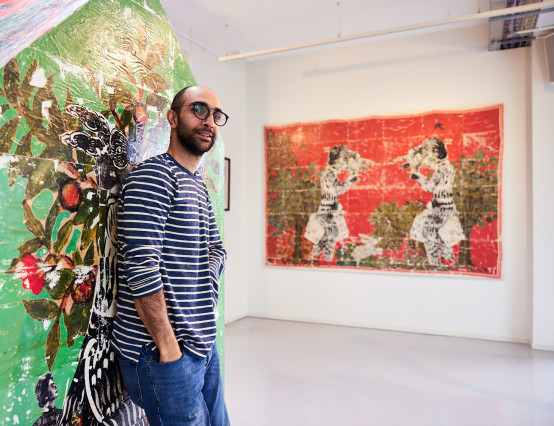


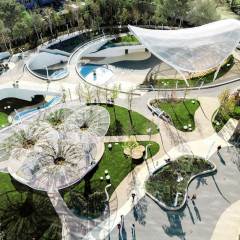
0 Comments